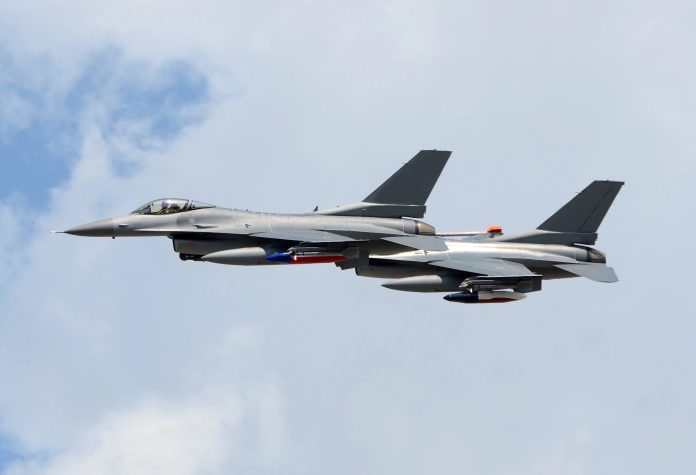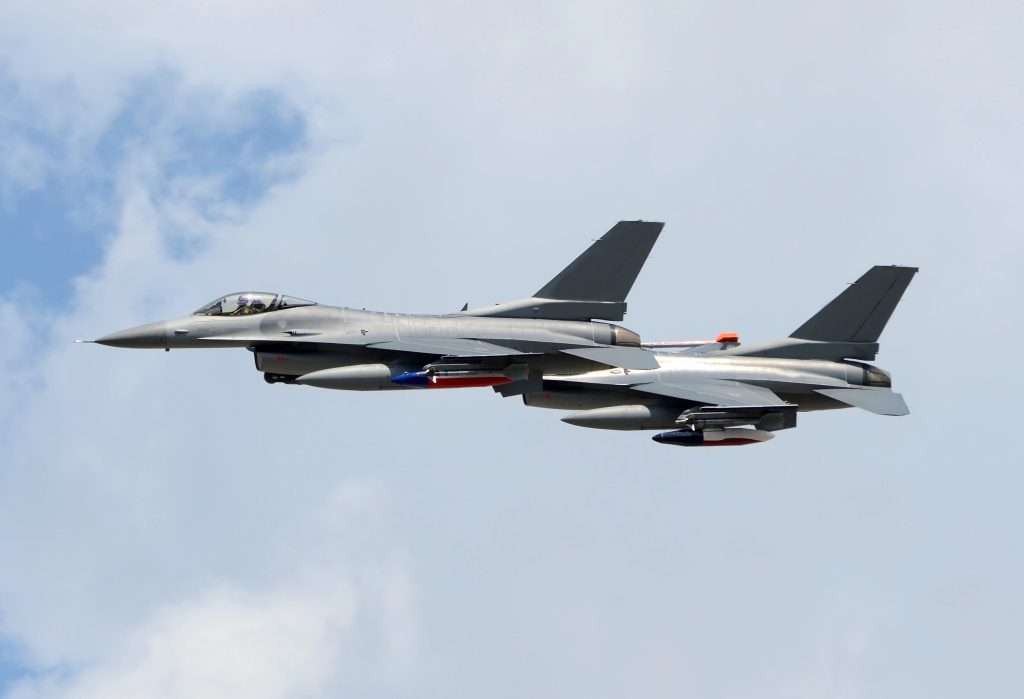
“The sky is no longer the limit it’s the new battlefield.” In 2025, the battle for air superiority is not just a matter of speed and firepower, but a relentless quest for technological superiority, strategic freedom, and global clout. The fighter jet has emerged as the ultimate national symbol of ambition, its shape a reflection of the priorities and fears of the world’s greatest militaries.

This year’s lineup of elite combat aircraft reveals not only stunning engineering, but also the complex web of alliances, rivalries, and procurement dilemmas shaping the future of aerial warfare. Here, the world’s most advanced fighter jets are dissected not just for their specifications, but for the unique stories and innovations that set them apart. Prepare for a closer look at the secrets, surprises, and strategic stakes behind 2025’s most formidable warplanes.
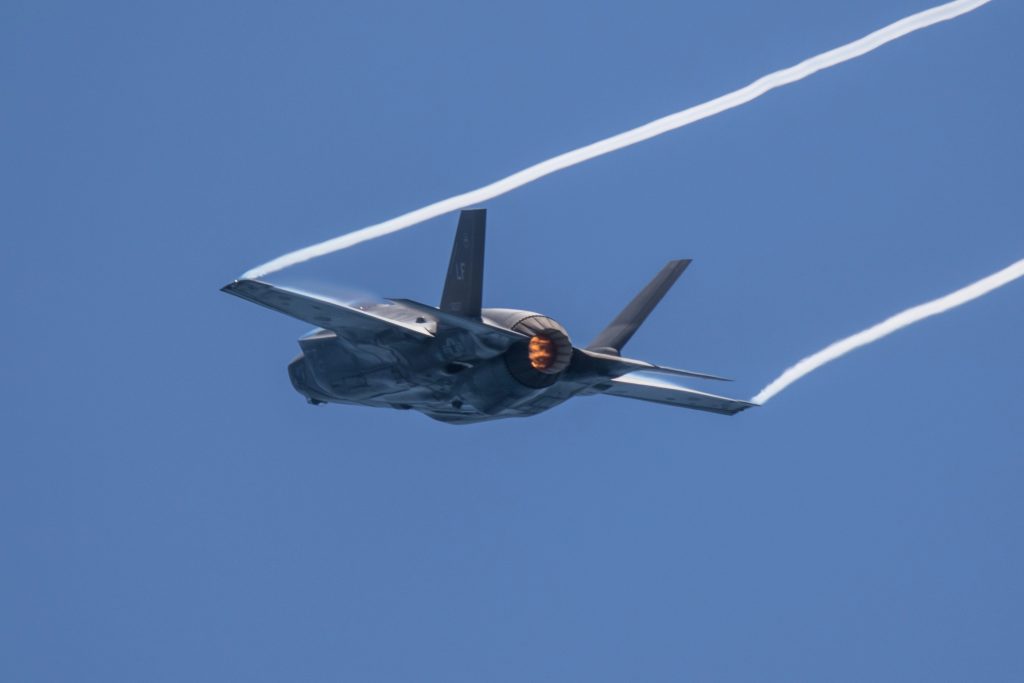
1. F-35 Lightning II: The Soul of Modern Air Power
The Lockheed Martin F-35 Lightning II remains the benchmark for future multirole combat aviation. With more than 1,000 units in service and well over 2,400 on order, it is not only a fighter but a global program transforming the allied air forces. With its internally stowed weapons and radar-absorbing materials, it allows it to penetrate environments that would be impossible for others to enter. The F-35’s AN/APG-81 AESA radar and Distributed Aperture System (DAS) offer pilots unparalleled situational awareness, combining data from multiple sensors to give pilots a complete picture of the battlespace.
In spite of its capability, the F-35 is also criticized on the grounds of its exorbitant unit price approximately $85 million and maintenance costs. However, its capabilities to perform intelligence, surveillance, reconnaissance (ISR), air-to-air combat, and precision strike missions make it irreplaceable. As one of the four operational stealth interceptors on the planet, the F-35 is the keystone of the air superiority doctrine of the United States and its allies.

2. F-22 Raptor: The Unmatched Supercruiser
The Lockheed Martin F-22 Raptor is still the barometer by which all other air-to-air fighters are measured. Its supercruise ability the capability of flying at supersonic speeds without the need for afterburners separates it from virtually every other aircraft. Equipped with twin Pratt & Whitney F119 engines, the F-22 is able to maintain a speed higher than Mach 1.5, saving fuel and minimizing its infrared footprint. As SlashGear observes, “Supercruise is a major operational advantage for any air unit.”
The Raptor’s stealth, thrust-vectoring maneuverability, and high-tech avionics make it almost invulnerable in a dogfight. Its radar cross-section is similar to that of a marble, and its internal weapons bays further reduce detectability. A mere 195 were ever built, which only makes it a highly valued and closely held asset so much so that the U.S. won’t export it, even to its best friends.
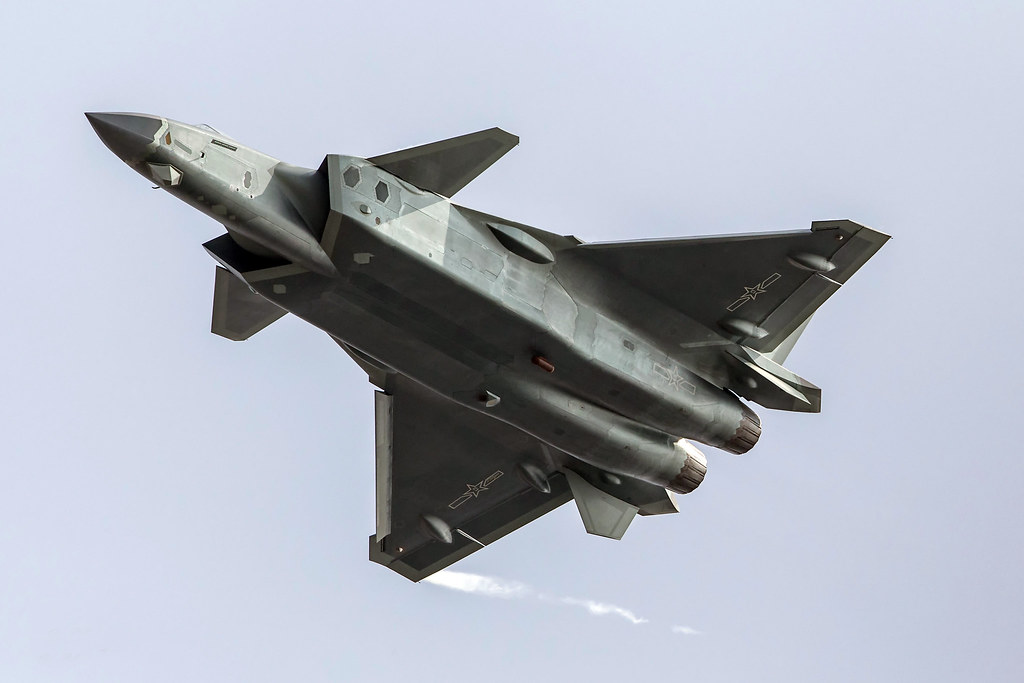
3. Chengdu J-20: China’s Leap Into Stealth
China’s Chengdu J-20 Mighty Dragon is a litmus test of the nation’s sudden elevation in aerospace technology. Capable of a Mach 2 top speed and a distance well over 5,900 km, the J-20 is designed for long-range operations and strategic deterrence. Supercruise capacity is reportedly provided to it by its WS-15 engines, placing it in competition with Western fifth-generation fighters.
The J-20’s internal weapon bays and AESA radar increase its stealth profile, while its production rate more than 100 units a year indicates China’s determination to field a potent fleet. According to AeroTime, “It is not exported; all those aircraft are destined for the PLAAF.” The J-20’s arrival marks a new era where China is no longer playing catch-up, but introducing new standards in air power.
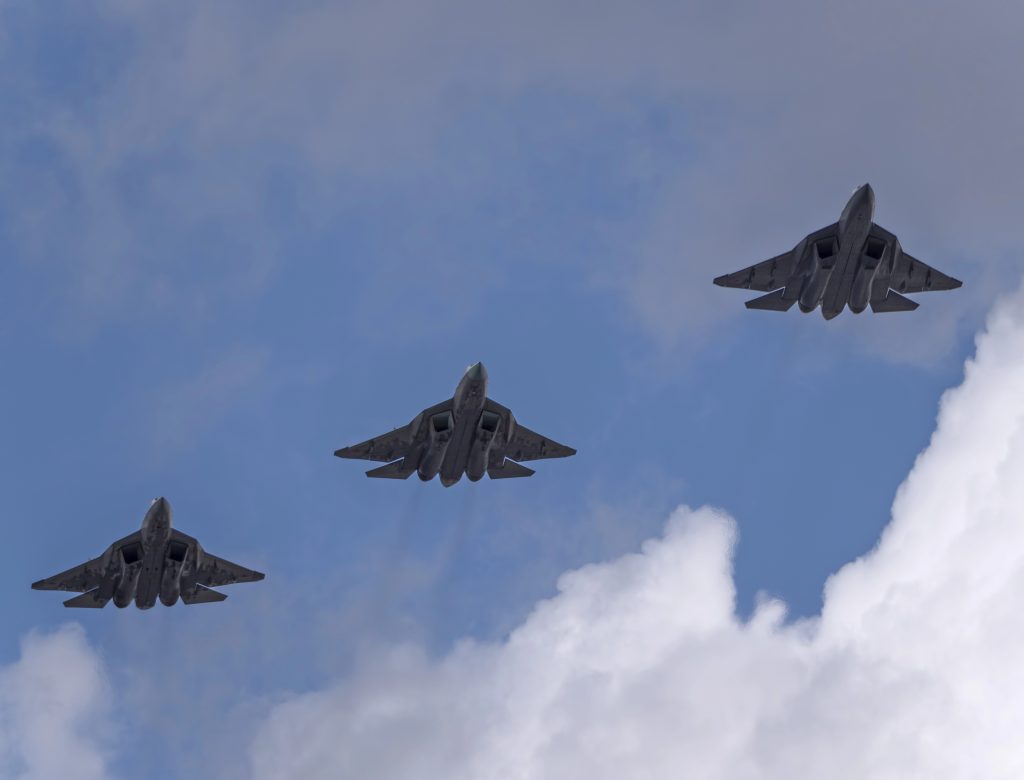
4. Su-57 Felon: Russia’s Cost-Effective Stealth Contender
Russia’s Su-57 Felon provides a strong combination of maneuverability, stealth, and value. At a unit price of $40–$50 million, it is the cheapest fifth-generation fighter available. Its 3D thrust-vectoring nozzles and AL-41F1 engines allow for supermaneuverability, and its N036 Belka radar and internal bays for weapons enable stealth operation.
The Su-57 can supercruise at Mach 1.3, a capability that provides it with increased operational range and flexibility. Although its stealth is less mature than Western equivalents, the Felon makes up for this with cutting-edge sensors and a highly flexible weapons loadout up to the possibility of hypersonic missiles. Its comparatively low cost and open export policy place it squarely in the position of prime horse for countries wanting cutting-edge capabilities without the cost of the F-35.
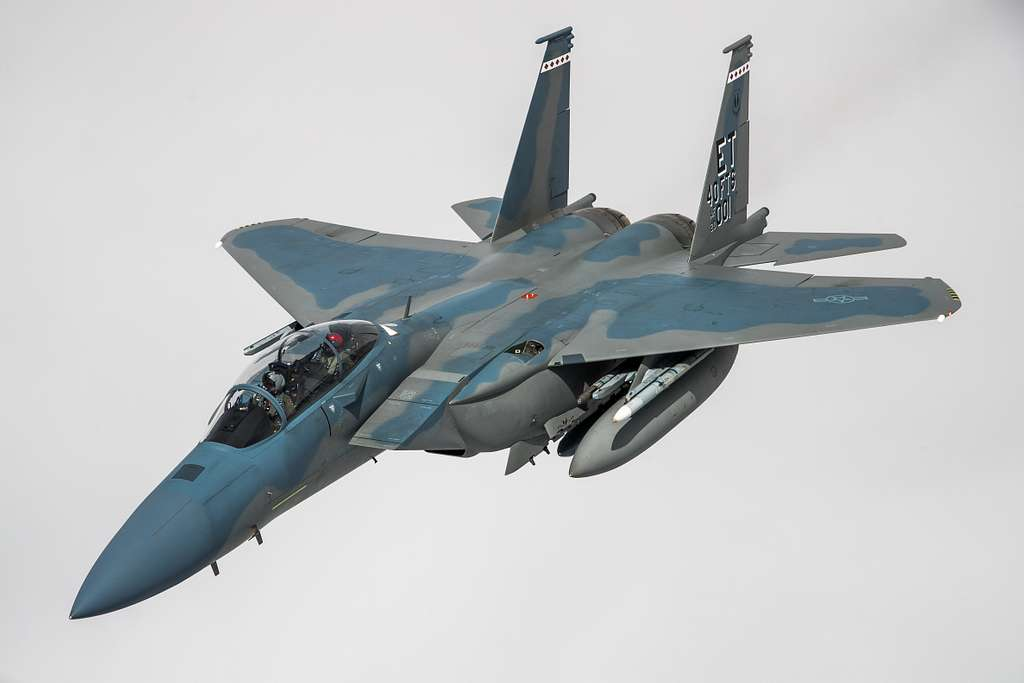
5. F-15EX Eagle II: The Armored Speedster
The Boeing F-15EX Eagle II is known for its brute firepower and velocity. It can carry as many as 22 air-to-air missiles and achieve Mach 2.5, making it the globe’s fastest flying operational fighter after a few legacy aircraft. The F-15EX’s Advanced Missile and Bomb Ejector Rack (AMBER) system provides it with unparalleled payload flexibility.
Though no longer stealthy, the F-15EX as an escort and strike platform is priceless. Its advanced avionics, sensors, and helmet-mounted displays make it relevant in the age of networked warfare. As Boeing’s Rob Novotny told The War Zone, “Yes, the F-15EX can supercruise, but this deserves some context. Once we begin adding combat-relevant items to hang on, the capability decreases.” But its performance and payload capacity put it at the top of American air power.
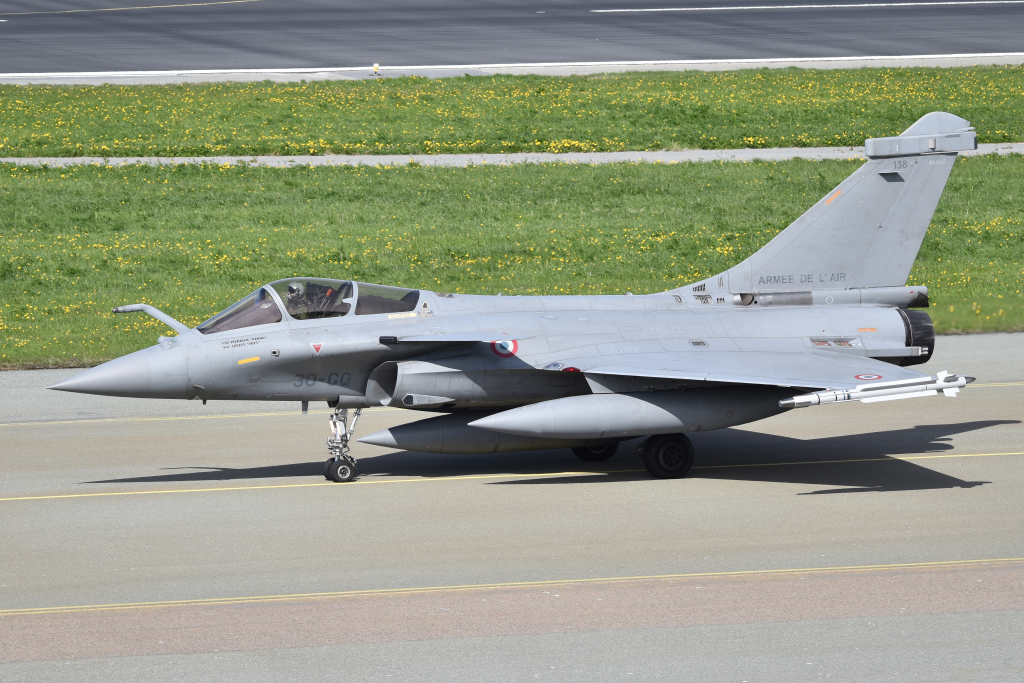
6. Eurofighter Typhoon and Dassault Rafale:
The Eurofighter Typhoon and Dassault Rafale are the shining examples of the next-generation 4.5-generation fighters. Both use delta-wing and canard configurations, latest avionics, and supercruise capability beyond Mach 1. The Typhoon’s Eurojet EJ200 powerplants and the Rafale’s Snecma M88 powerplants provide great thrust and maneuverability.
These jets have excelled in various combat missions, ranging from air superiority to ground strike. The Rafale’s SPECTRA electronic warfare system and the Typhoon’s Tranche 5 improvements drone capability included place them in contention with newer competitors. Their general acceptance by allied and European air forces speaks to their reliability and versatility.
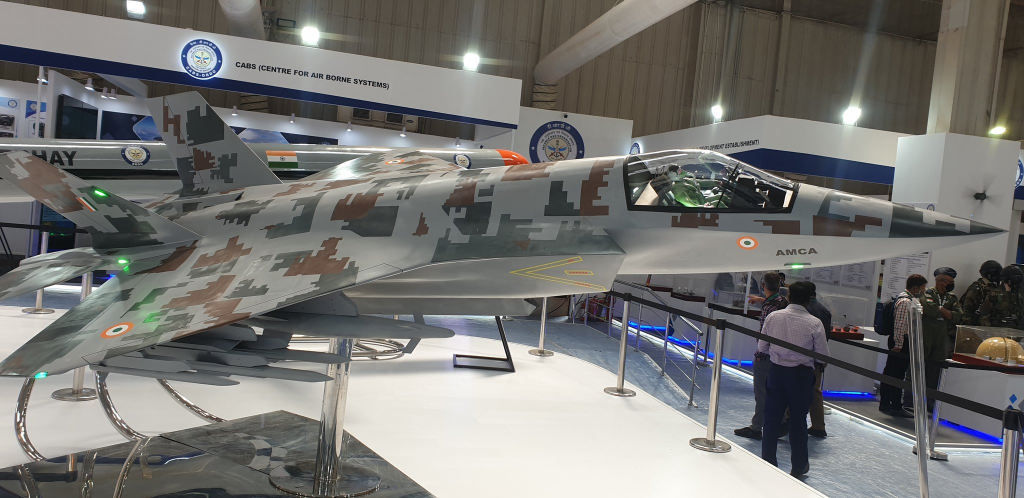
7. India’s Fifth-Generation Fighter Dilemma: Indigenous Ambition vs. Urgent Need
India’s pursuit of fifth-generation fighters shows the strategic and technological fork-in-the-road confronting rising powers. The domestic Advanced Medium Combat Aircraft (AMCA) program is supposed to bring a stealthy, supercruising platform, but technical challenges and delays have pushed its schedule into the late 2030s. While this is happening, the air threat from China and Pakistan are increasing, with both neighbors operationalizing advanced fighters like the J-20 and J-31.
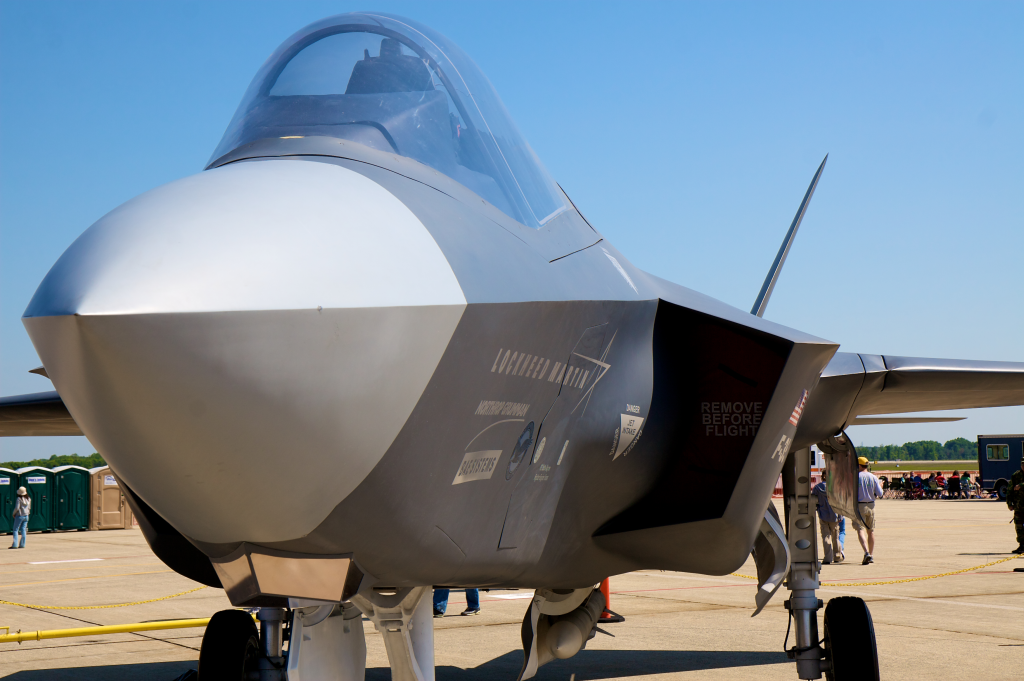
India’s choices are restricted purchases of the F-35 or Su-57, joint development programs, or technology transfers to speed up AMCA’s development. However, each option has costs in terms of cost, operational sovereignty, and strategic autonomy. Strategic Affairs Journal remarks that India’s pursuit of fifth-generation fighter aircraft is a complex balancing act, requiring careful evaluation of strategic, operational, and geopolitical factors.
The 2025 roster of top-of-the-line fighter jets isn’t only a display of speed and stealth it’s a reflection of the ambitions, fears, and innovation of the world’s top powers. Each plane is a tale of innovation and compromise, from the F-35’s ability to project power across the globe to the Su-57’s reasonableness and the J-20’s leap in technology. For defense experts and fans, seeing these machines is to see the future of war and the constant shifting balance of power beyond the clouds.
